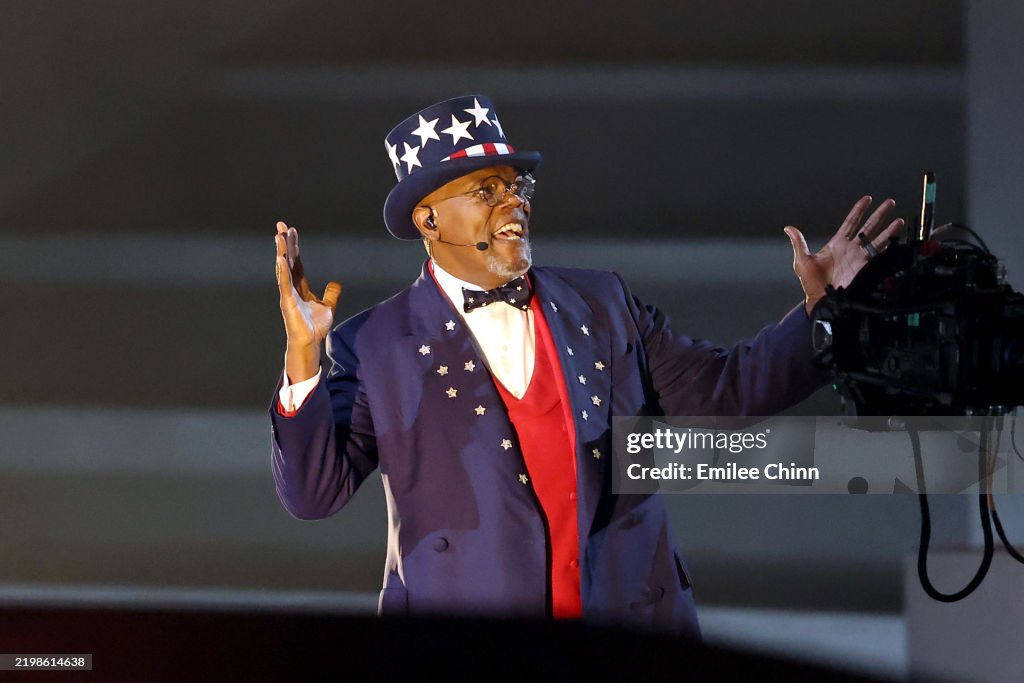The Superbawl’s Past Performances and Legacy of Storytelling
Since Michael Jackson’s groundbreaking halftime show in 1993, the Super Bowl has evolved into a global stage where artists make powerful cultural and political statements. Beyoncé’s 2016 tribute to Black Lives Matter and Shakira and Jennifer Lopez’s 2020 celebration of Latin heritage are prime examples. In 2025, Kendrick Lamar carried on this tradition, using his performance to highlight racial injustice and Black identity.

Kendrick Lamar’s Journey: From Compton to the Super Bowl
Born and raised in Compton, California, Lamar’s music is deeply personal, shaped by his own experiences – systemic oppression, economic disparity, and the resilience of Black communities. Songs like Swimming Pools (Drank) and Sing About Me, I’m Dying of Thirst showcase his ability to blend personal storytelling with broader social critique. His Super Bowl performance extended this narrative, delivering a bold statement on one of the world’s biggest stages.
Performance Rich in Symbolism
Lamar’s show brimmed with symbolism. It opened with actor Samuel L. Jackson portraying Uncle Sam, declaring, “It’s Uncle Sam, and you are playing the great American game!”—a sharp critique of capitalism and the pressures placed on Black Americans to conform.
The stage was designed as a massive game controller, emphasizing how systemic forces often manipulate marginalized communities. Dancers wore fragmented red, white, and blue costumes, symbolizing societal division. Words like “Too loud. Too reckless. Too ghetto.” flashed across the screen, directly challenging the stereotypes historically used to silence Black voices.
A standout moment featured Serena Williams performing the Crip Walk, a dance originating from the Crips gang in the 1970s. Historically criticized in mainstream media due to its gang-affiliated roots, the dance has often been portrayed negatively, stripping it of its deeper cultural significance. By incorporating it into the performance, Lamar and Williams reframed the Crip Walk as a powerful reclamation of Black culture, resilience, and the ability to transform pain into expression.

A Historic First for Hip-Hop
Lamar’s performance was historic—he became the first solo hip-hop artist to headline the Super Bowl halftime show. While hip-hop has long shaped global music and culture, this milestone underscored its mainstream influence and cemented Lamar’s status as one of its most significant voices.
More Than a Performance—A Cultural Statement
Timed to coincide with Black History Month, Lamar’s show wasn’t just a performance; it was an artistic protest. By weaving history, activism, and music into a single, electrifying spectacle, he challenged audiences to confront uncomfortable truths about race, power, and identity in America.
His halftime show will be remembered not only for its artistry but for its message—proving once again that the Super Bowl stage is more than just a place for spectacle. It’s a platform for change.



Recent Comments